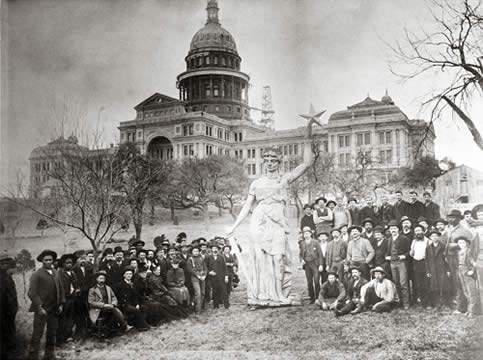

The Pack contains associated resources for the learning experience, typically in the form of articles and videos. There is a teacher Pack (with only teacher information) and a student Pack (which contains only student information). As a teacher, you can toggle between both to see everything.
Here are the teacher pack items for Structure of the Texas State Government:


In this experience, students learn about the structure of the Texas state government. First they examine the legislative branch and draw a chart of how a bill becomes a law. Then they explore the executive branch and describe one of the various offices, commissions, or committees under its authority. Next they define important characteristics of the structure of the judicial branch. Finally, they create an infographic about one of the three branches. Objective:
The Texas Constitution separates the powers of the state government into three branches: legislative, executive, and judicial. Each of the three branches of government is part of a system of checks and balances. This system allows each branch to confirm or veto acts of another branch to prevent any one branch from exercising too much power. In this experience, you will learn about the structure of each of these branches.
Objective:

Submit an interesting fact that you learned from the video.
Students may have found the following facts of interest:
